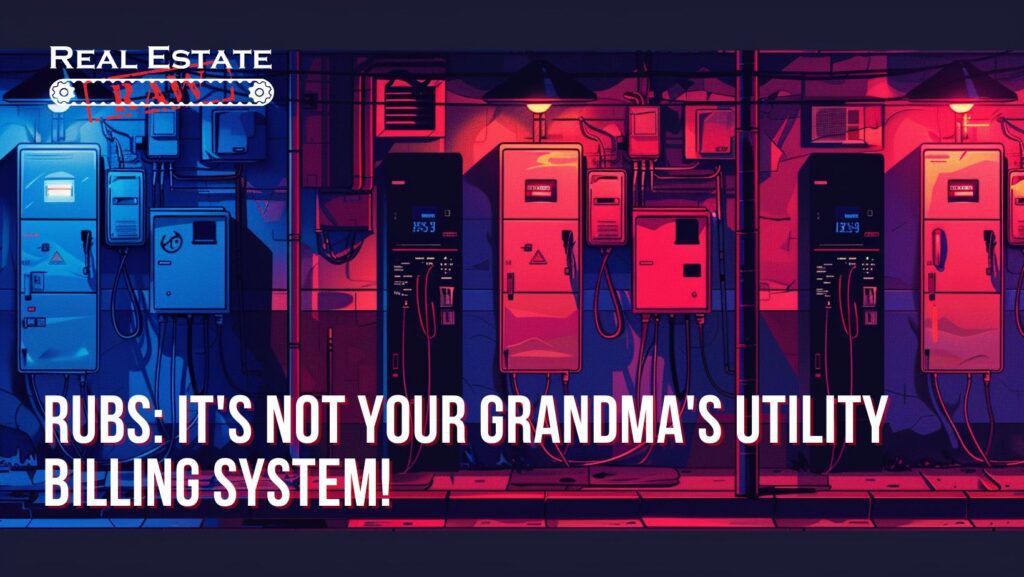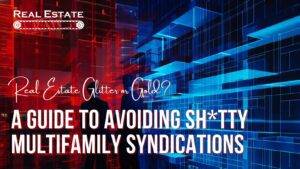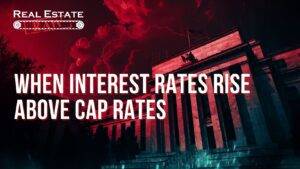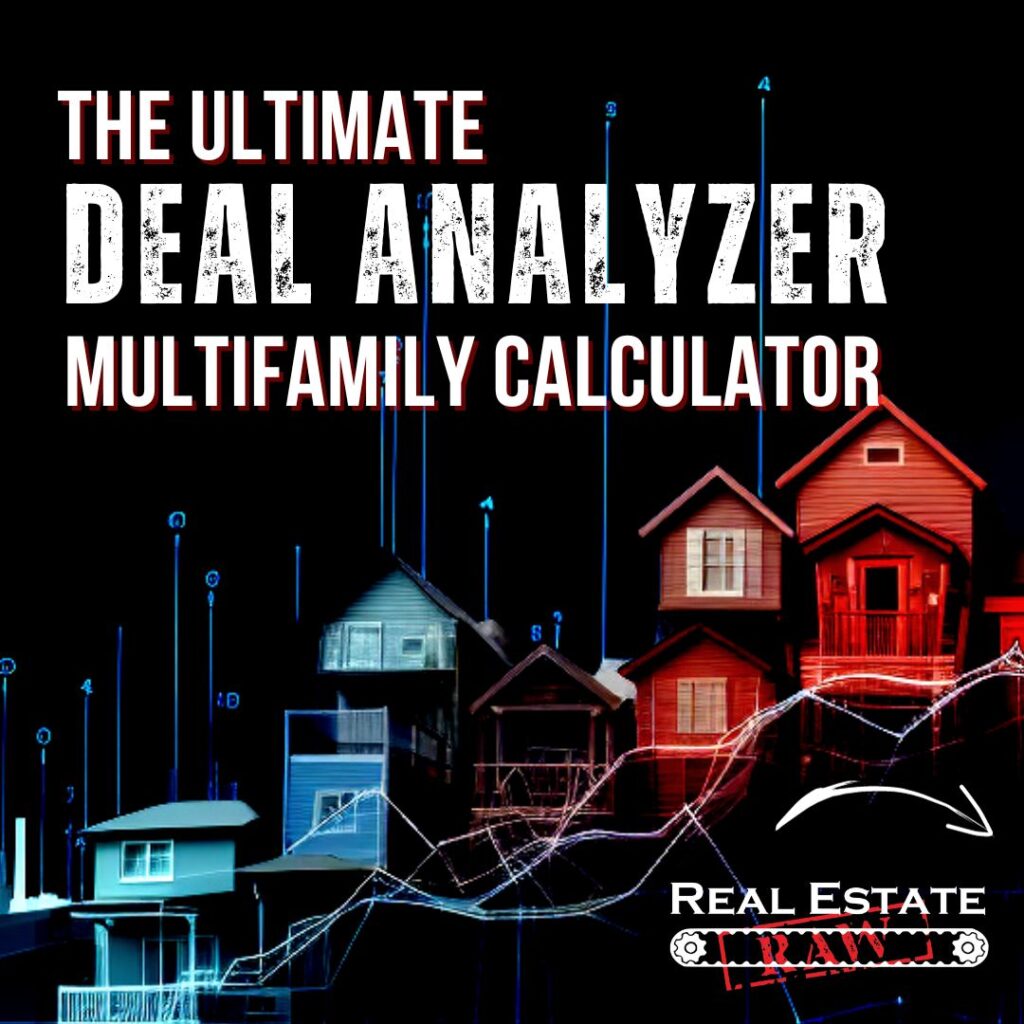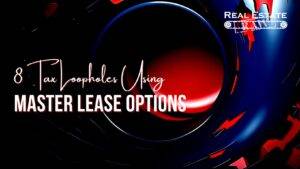A Multifamily Operators Guide to Implementing RUBS
Ratio Utility Billing System (RUBS) estimates individual utility costs (water, electricity, trash, etc.) in multifamily buildings without individual meters. If a property has individual meters for each unit, it is sub metered for that utility. If it has one meter for the whole property is master metered. Imagine a giant water meter for the whole building (master metered). The landlord would pay the utility invoice for a master metered property and a RUBS system would allow them to recoup that utility cost by allocating the expense to individual tenants or units.
Instead of directly measuring each unit’s usage, RUBS uses a formula based on various factors to estimate individual consumption. This formula can be as simple as dividing the utility cost by the number of apartments or by square footage of individual units to account for size of the unit.
The Good, the Bad, and the Ugly of RUBS:
There are pros and cons to the implementation of a RUBS program at your property. I have been a multifamily owner/operator for over 20 years, and I have renovated many units and have implemented a ton of billback systems over the years. Sometimes it went well, other times it absolutely blew up in my face.
The Good:
- Boost that bottom line: Let’s face it, recovering utility costs is key. RUBS can help ensure you’re not subsidizing neighborhood car washes or light show enthusiasts.
- No meter madness: Forget the hassle of installing and maintaining individual meters in every unit. RUBS saves you time and money.
- Fairness (sort of): Units with more occupants or square footage typically pay more, reflecting their likely higher usage.
The Bad:
- Rent in disguise: Tenants might see RUBS as a sneaky rent increase, especially if they’re frugal water sippers. Transparency is crucial.
- Pricing woes: Make sure your units are competitively priced withRUBS factored in. Don’t get priced out of the market!
- Legal landmines: Local regulations and tenant rights are a maze. Consult a lawyer before diving into RUBS to avoid legal headaches.
The Ugly (but avoidable):
- Tenant tantrums: Unclear communication or unfair allocation can lead to unhappy residents. Be upfront and transparent about RUBS and its calculations.
Sure, RUBS can boost revenue, but it’s like raising rent. You may call it a “bill back” or “utility fee” but the tenants are going to call it a cost-of-living increase to live at your property. This brings me to my next point.
Are your units competitively priced after you include the RUBS?
This is one of the biggest mistakes I see new investors make when analyzing a deal. Rent and the total cost of living for a unit are not the same thing. The mistake comes when the investor compares the rents to other units in the area before adding the RUBS increase to the TOTAL cost to live in the unit.
Once the property is purchased the new investor attempts to raise rents as well as include this new cost of living and the price becomes uncompetitive with the other options in the market. Rents and total revenue now come in less than projected to the investors in the proforma.
The solution should be obvious. Include ALL costs of living in your apartment units before comparing your data to comparable rent data in the area.
If you find that your units can include the increase of a RUBS charge, then this can be a great way to maximize the revenue of a multifamily property or what is called a “value-add” investment strategy.
There are several ways to implement this type of system. The easiest way is to hire a metering service company. I am not going to suggest any individual company here but suffice to say there are many companies that provide metering and tenant invoicing services without having to install individual meters in each unit. You can do that too, but that is the submetering of the property. That’s expensive and not the subject of this article.
The next method would be to directly divide the utility cost of each master metered utility and send the tenants an invoice of some sort each month. The method of dividing the utility cost is most often done by dividing the total invoice by individual units or by the square footage of each unit. Larger units would be allocated a larger portion of the cost each month. This is something that would be done by the property management in most cases.
While a RUBS system can be a great way to increase revenue on an asset there are potential laws to consider. Here are a few things to consider.
- Landlords cannot profit from utility costs.Billing must reflect actual costs passed through. Most operators will choose to bill back less than 100% of the invoice to ensure profitability on the bill back. 90% of the invoice is standard in my experience.
- Transparency is crucial.Tenants must be informed about RUBS in writing, including the formula used for allocation.
- Compliance audits are possible.Regulatory bodies may review RUBS programs.
- Type of utility:Specific rules may apply to water, electricity, gas, etc.
- Property type:Multifamily dwellings have different rules than single-family homes.
- Tenancy agreements:Leases should clearly state how utilities are handled.
RUBS can be a powerful tool but use it wisely. RUBS isn’t instant revenue. It’s a tool, and like any tool, it can be used well or poorly. With careful planning, clear communication, and legal guidance, a RUBS system can be a valuable asset for your multifamily property. But go in with eyes wide open, and remember, your tenants deserve fairness and respect.
Be transparent and price competitive and this can be a great value-add strategy for multifamily investing.
Remember: This is not legal advice. Always consult with a lawyer or landlord-tenant specialist for specific guidance regarding your situation. They can advise you on the legality of RUBS in your area and ensure you comply with all regulations.
For more information like this check out my blog at www.realestateraw.com and join my Facebook group Real Estate Raw for Multifamily Investors.
Best of luck!
Bill Ham

